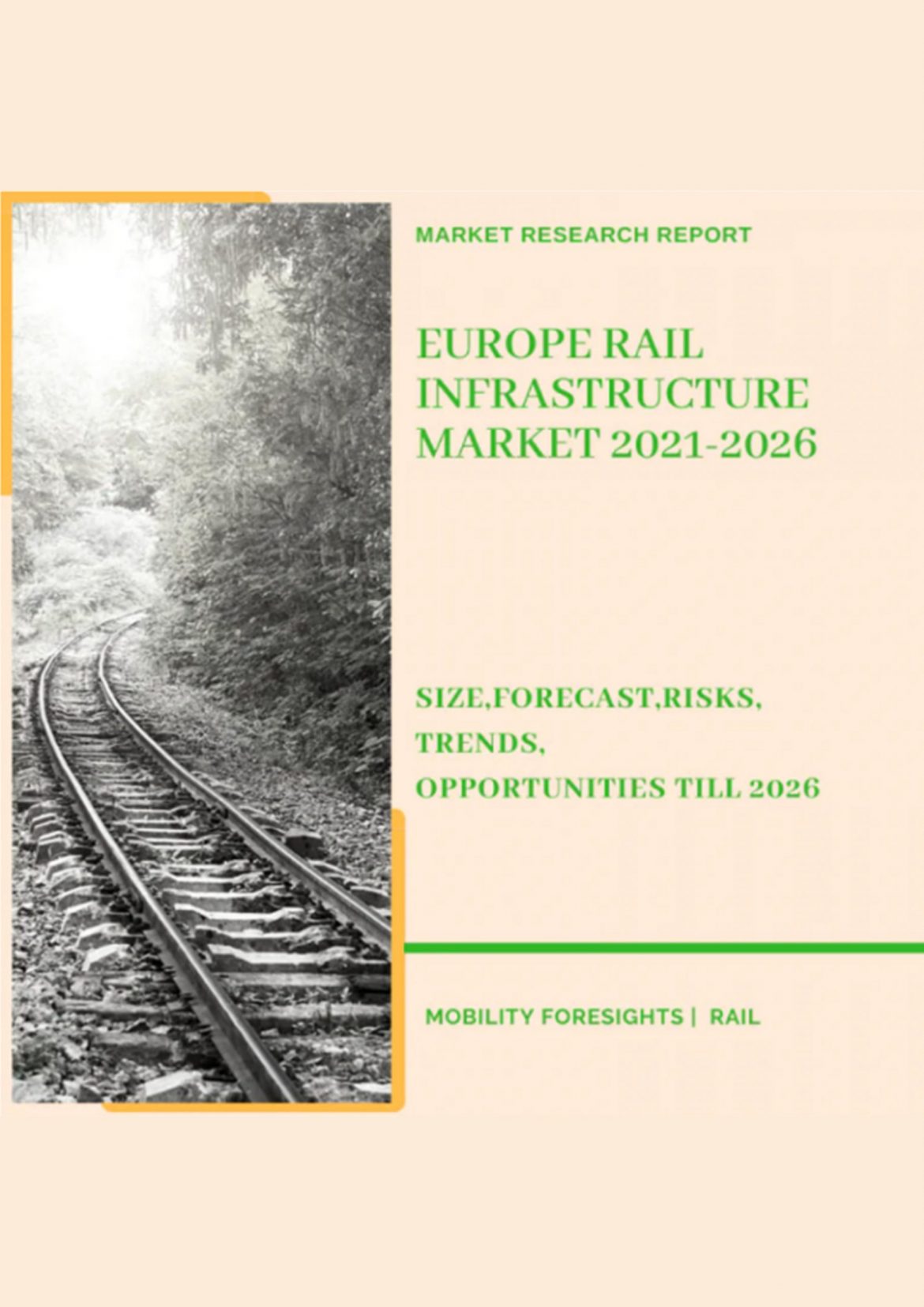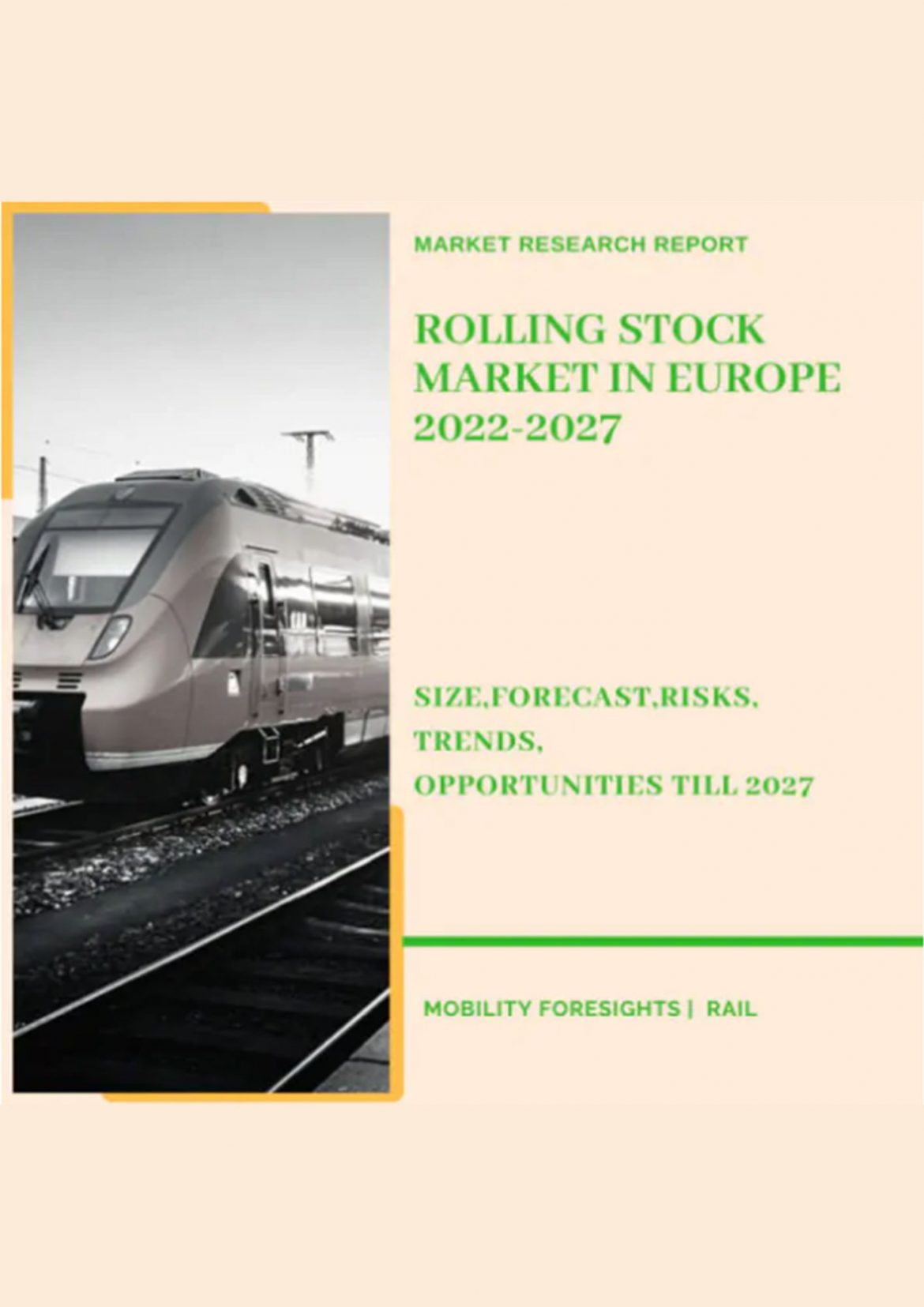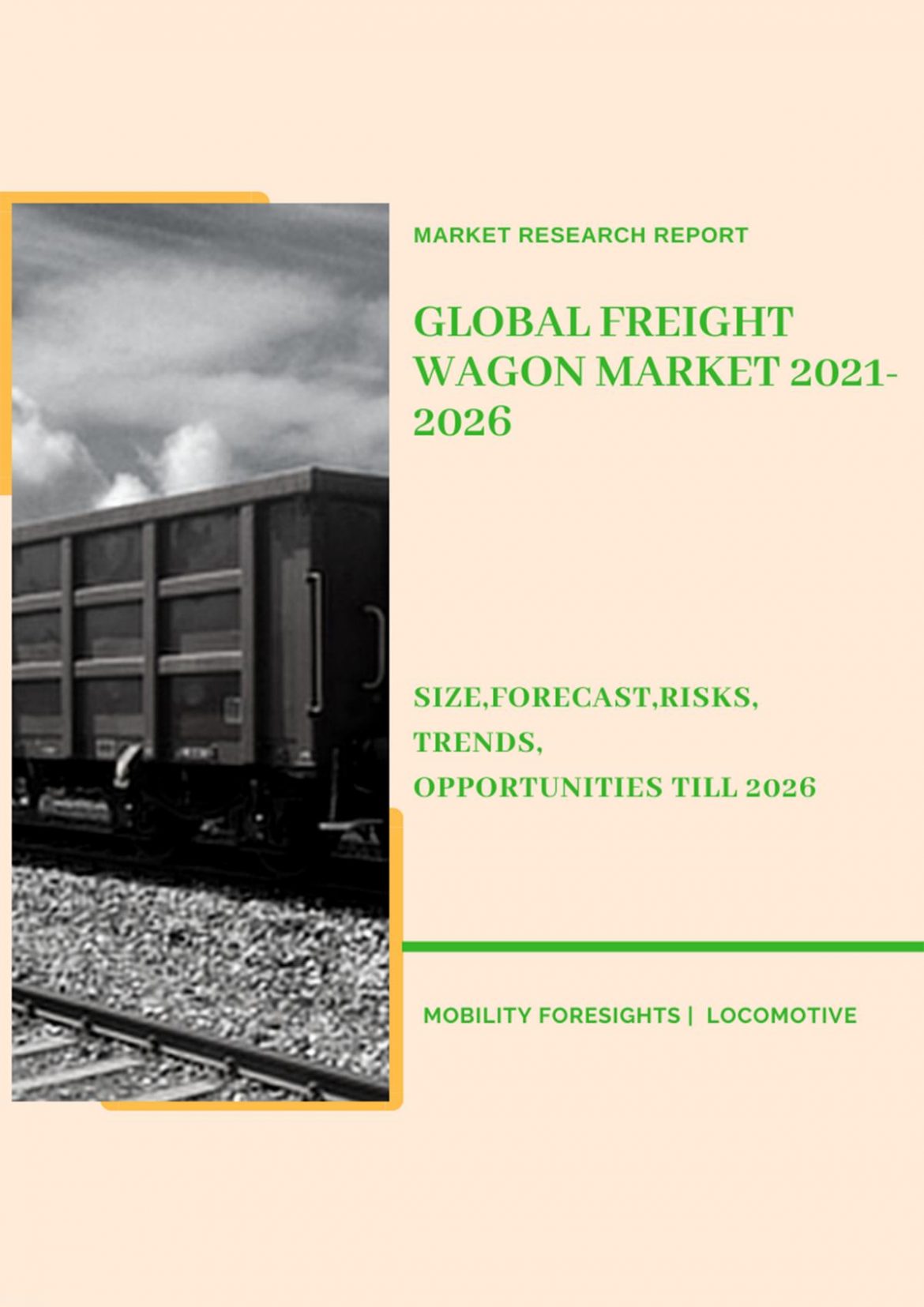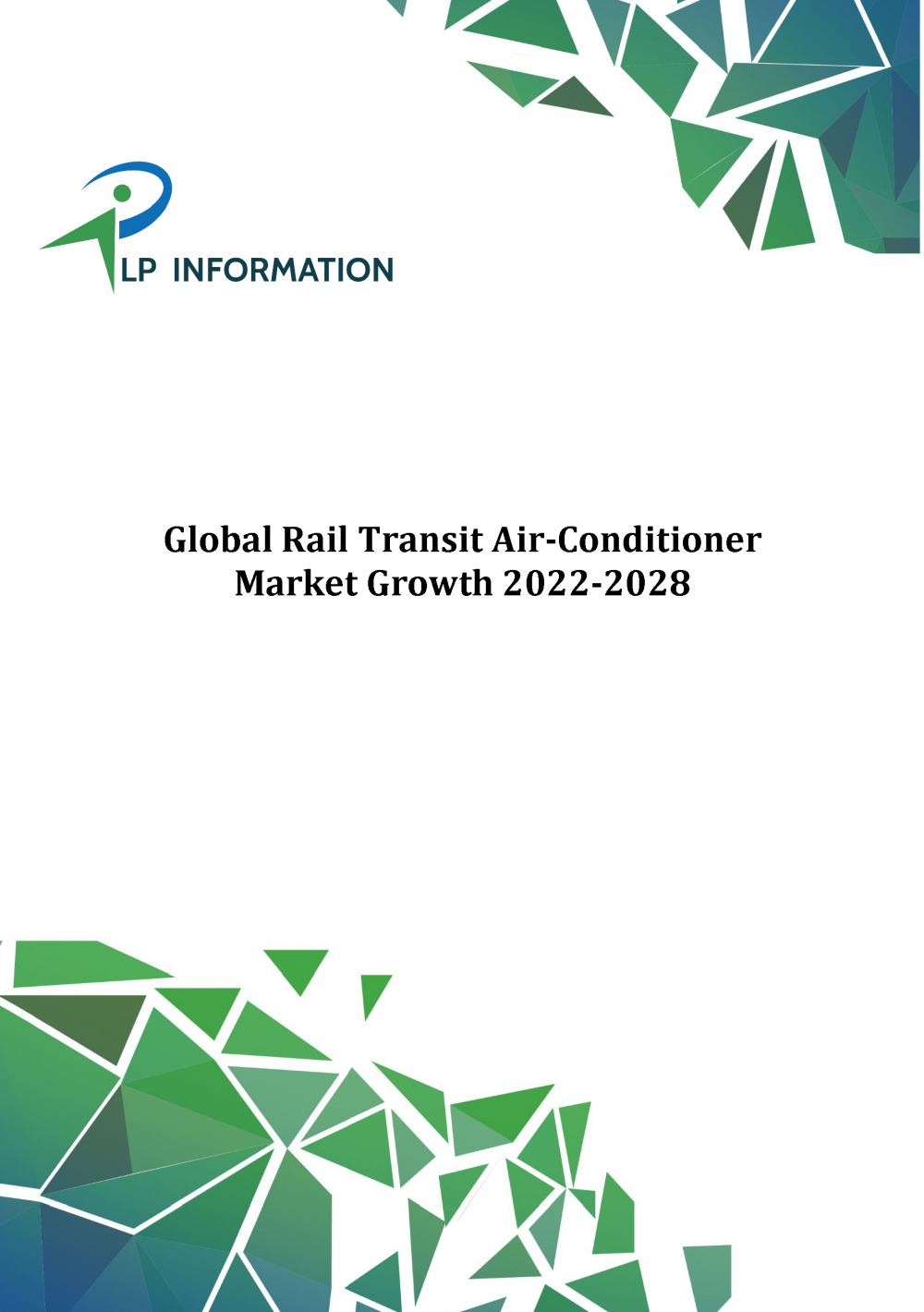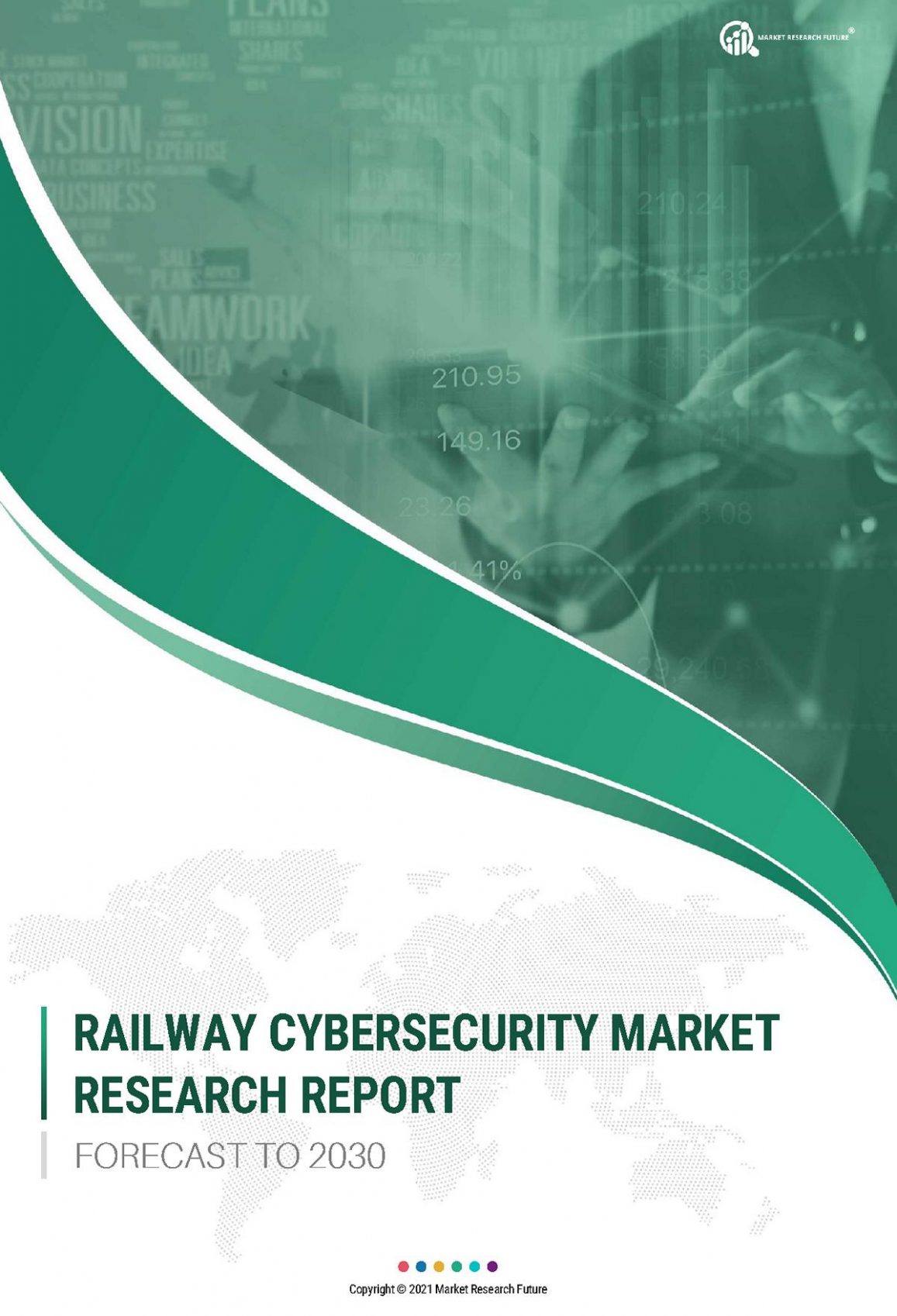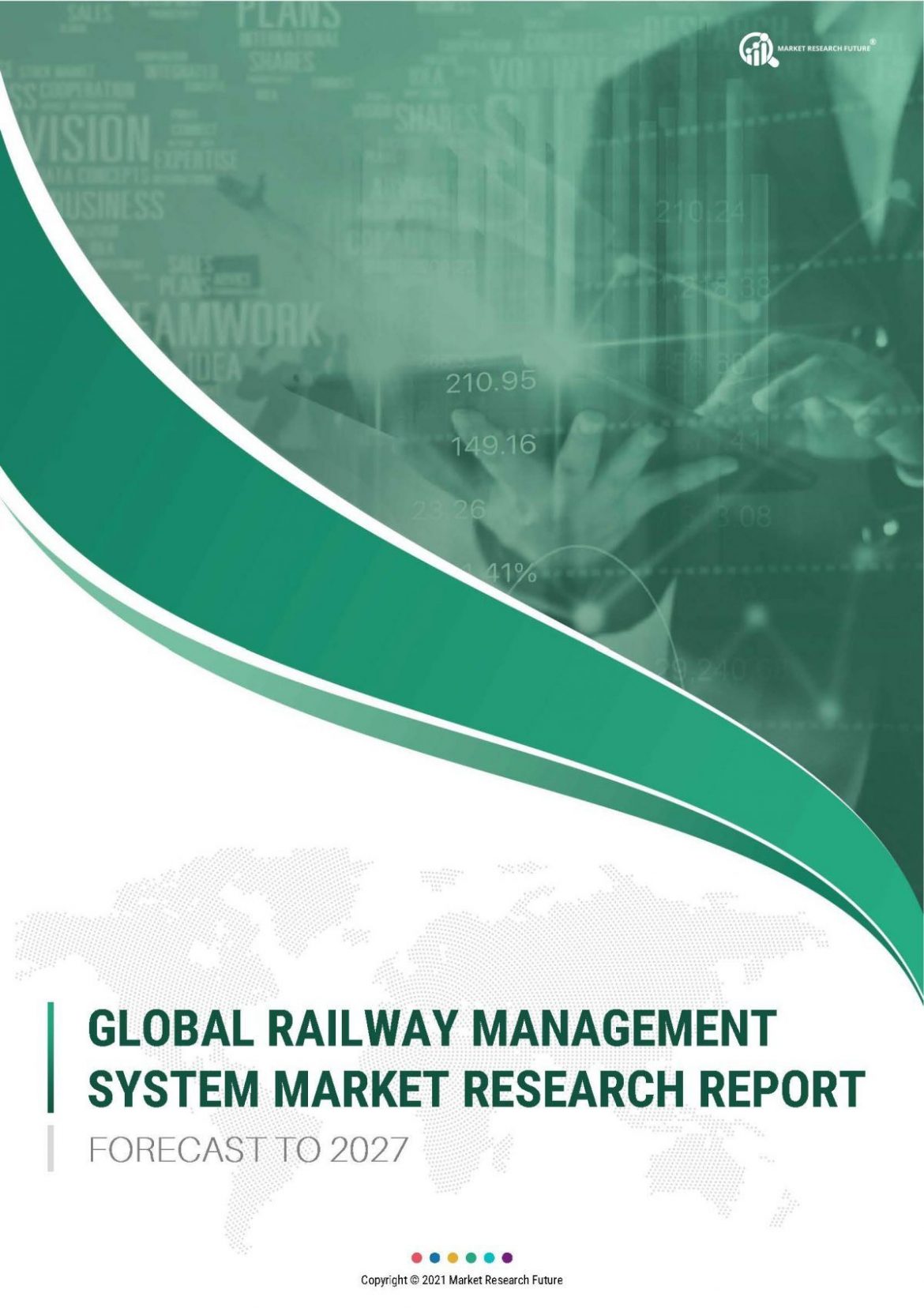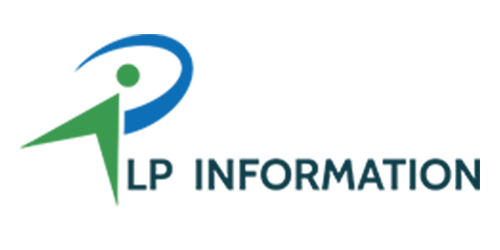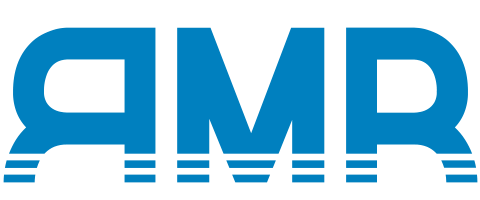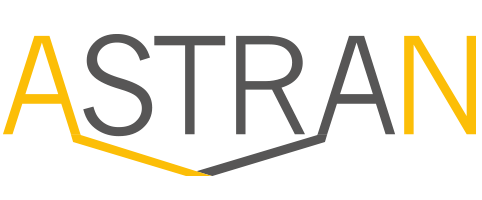Description
INTRODUCTION – Europe Rail Infrastructure Market 2021-2026
The infrastructure of a railway is a complex and multi-disciplinary engineering system involving earthworks, bridges, tunnels, steelwork, timber, and track system to form the base upon which the railway runs. To give a train a good ride, the track alignment must be set to within a millimetre of the design. Many different systems exist throughout the world and there are many variations in their performance and maintenance.
Rail transport is potentially more environmentally friendly than its road counterpart in terms of energy consumption and emissions per traffic unit. Railways are costly to build and maintain but can produce significantly lower external costs than other modes of transport, particularly when carrying freight.
Either powered by diesel or electricity, the railways can reduce external costs of transport by at least 47.5% per passenger-km, and 75.4% per tonne-km when compared to road modes. Congestion of roads and sky, increasing energy costs and a demand to reduce emissions, have created a need to shift transportation from road and air to rail.
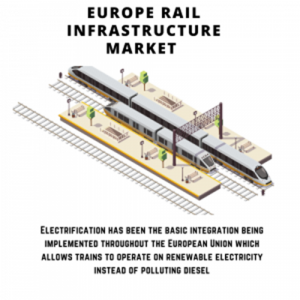
Consequently, rail utilisation is increasing, adding stress to the rail infrastructure and time constraints to maintenance. At the same time, the performance and capacity of rail infrastructure are expected to be preserved or even improved. As rail transport is capital intensive and has a long-life span, its operation and maintenance require a long term and sustainable strategy.
Rail infrastructure are large, geographically spread-out technical systems, also known as linear assets. Rail infrastructures include system, subsystem and component levels, and infrastructure managers (IMs) are involved with each of these levels, i.e. IMs have strategic, tactical, and operational levels.
Furthermore, numerous stakeholders give rise to conflicting requirements that need to be met, complicating the assessment and monitoring of rail infrastructure and its maintenance.
EUROPE RAIL INFRASTRUCTURE MARKET DYNAMICS
Rail infrastructure is the foundation of a strong railway system, as it determines where, and how many, trains can operate and how fast they can travel. The capacity of the network is determined by the length of tracks (i.e. how many track kilometres are in place), the quality of tracks (single or multiple tracks, high speed or conventional, electrified or not), and how efficiently the infrastructure can be used, which is a question of technology and management.
The Railway Infrastructure within the European Union has been playing a major active role in recent days with a scope for continued expansion being placed within the Centralized Development policies and goals to attain this carbon neutral requirements strategy.
The European Union (EU) aims to be climate-neutral by 2050. This means reducing greenhouse gas (GHG) emissions to net zero. The transport sector is a particularly hard nut to crack: in contrast to other sectors, GHG emissions in the transport sector are still on the rise.
Within the European Union, it has been seen that the recent European Transportation has shifted towards the Europe rail Market to fulfil the transportation requirements as part of GHG Emission control and policy requirements. The rail system was one of the first systems for which European rules were established – long before the foundation of the EU. As early as 1872, European governments and railway organisations gathered to discuss timetables for international trains.
Today, rail has lost this community-building role and also does not reflect the status of European integration: existing cross-border tracks are not used to full potential or, especially in poorer regions, are in a bad state of repair. A considerable number of cross-border rail links have even been dismantled.
Railway systems have developed over decades independently from each other, and EU member states, infrastructure managers and rail operators persist in thinking only in national boundaries. As a result, travelling across several EU member states has become an adventure for passengers.
The EU has announced 2021 as the European Year of Rail. This is a key opportunity which comes at just the right moment. First, climate change has moved to the forefront of public debate. Two-thirds of Europeans would support a ban on short-haul flights and measures to reduce road traffic.
Second, the European Commission has indicated its intention to give more prominence to rail: the European Green Deal highlights the need for cleaner transport alternatives, and for a shift of road freight transport to rail.
The type and quality of rail infrastructure varies considerably across member states. Only France, Germany, Spain, Italy, and Benelux have high-speed lines operating at >250km/h. In eastern member states, there are almost no tracks for >200km/h and conventional rail lines urgently require upgrading.27 But also within countries, e.g. Germany or France, there are big differences.
EUROPE RAIL INFRASTRUCTURE MARKET SEGMENTATION
The Europe market of Rail Infrastructure can be segmented into following categories for further analysis.
By Class of Vehicle
- Locomotive
- Rapid Transit Vehicle
- Rail Car
- Diesel Electric Locomotive
- Electric Locomotive
- Diesel Locomotive
By Infrastructure Mobilized
- Tracks / Railway Tracks
- Signalling System
- Rail Cars
- Locomotive Technology
- Control and IT Management
By Class of Propulsion
- Electric Vehicle
- Hybrid Vehicle
- Fossil Fuel Vehicle
- Specialized Fuel Vehicle
- Gas Based Vehicle
By Construction
- Networking Placement
- New Placement
- Upgradation
- Maintenance and Repair
By Regional Classification
- Austria
- Belgium
- Bulgaria
- Croatia
- Republic of Cyprus
- Czech Republic
- Denmark
- Estonia
- Finland
- France
- Germany
- Greece
- Hungary
- Ireland
- Italy
- Latvia
- Lithuania
- Luxembourg
- Malta
- Netherlands
- Poland
- Portugal
- Romania
- Slovakia
- Slovenia
- Spain
- Sweden
RECENT MARKET TECHNOLOGICAL TRENDS IN RAIL INFRASTRUCTURE
The Rail Infrastructure is integrated with various sources being accommodated and mobilized to form a required amount of efficiency being generated at all times. These are important to have better operational capability and stretches of operational running. The Technological integration starts from the basic level of components involved within the Rail Infrastructure Management.
Electrification has been the basic integration being implemented throughout the European Union which allows trains to operate on renewable electricity instead of polluting diesel. It reduces the carbon footprint of rail, improves air quality, and allows for a more efficient utilisation of tracks.
Electricity-run trains can accelerate faster than diesel trains, permitting trains to operate in shorter intervals on the same tracks. The patchwork of electrified and non-electrified tracks means that even on electrified stretches trains.
There are also dozens of different signalling systems in Europe, with each country implementing its own national system. Usually this means that on cross-border lines only those trains equipped with the various signalling systems of the relevant countries can operate.
As a response, the EU has established the European Rail Traffic Management System (ERTMS), a programme aiming to replace these different signalling systems with a unified system. In theory, ERTMS would allow trains to operate on cross-border lines without interruption. To this end, both the tracks (trackside module) and the trains (on board module) need to be equipped with ERTMS technology.
The Green rail project’s primary focus was to investigate innovative and sustainable railroad sleepers, incorporating materials and technologies first identified via a feasibility study. It designed and patented sleepers the European Commission (EC) said had the potential to have a significant impact on rail transport. Around a prestressed concrete core, recycled materials such as plastic and end of life tyres formed a sleeper system the company said extends life cycle whilst reducing maintenance as well as noise and vibration.
COMPETITIVE LANDSCAPE
Rail transportation is undergoing significant changes in response to the growing demand for fast transportation between and inside cities and countries. The major rail industry trends involve drones and smart sensors for inspecting railway tracks, digital communication platforms, and automatic train control (ATC).
The Rail Technology and Infrastructure is being pushed and moved forward by Start-ups at a faster pace considering their better improvement and scope reliability towards indigenised approach of production and manufacturing.
Belgian start-up OTIV develops advanced driver-assistance systems (ADAS) and full self-driving (FSD) solutions for light rail and shunting operations. The start-up uses artificial intelligence (AI), deep learning, computer vision, and sensors to develop the zero-emission OTIV Light Rail Vehicle System, adapting locomotives to urban environments. Equipped with object detection and collision avoidance technologies, ADAS and FSD systems further increase the safety and efficacy of rail transport.
Swedish start-up The Train Brain develops AI models that improve the reliability of public transportation. The start-up’s tool delivers delay forecasting, as well as real-time traffic simulations and reporting. The tool processes train schedules and signalling or global positioning system (GPS) data to conduct rail network forecasting.
The Train Brain enables rail operators to make data-driven traffic planning decisions and passengers to be more informed when planning their commute or travel. Spanish start-up Zeleros designs electric-powered autonomous hyperloop vehicles and infrastructure.
The vehicle, driven by an electric powertrain, uses active magnetic levitation technology. Additionally, the start-up develops an electric aerodynamic propulsion system for the vehicle to reduce the need for placing linear motors along the track and an electromagnetic launcher for vehicle range optimization.


